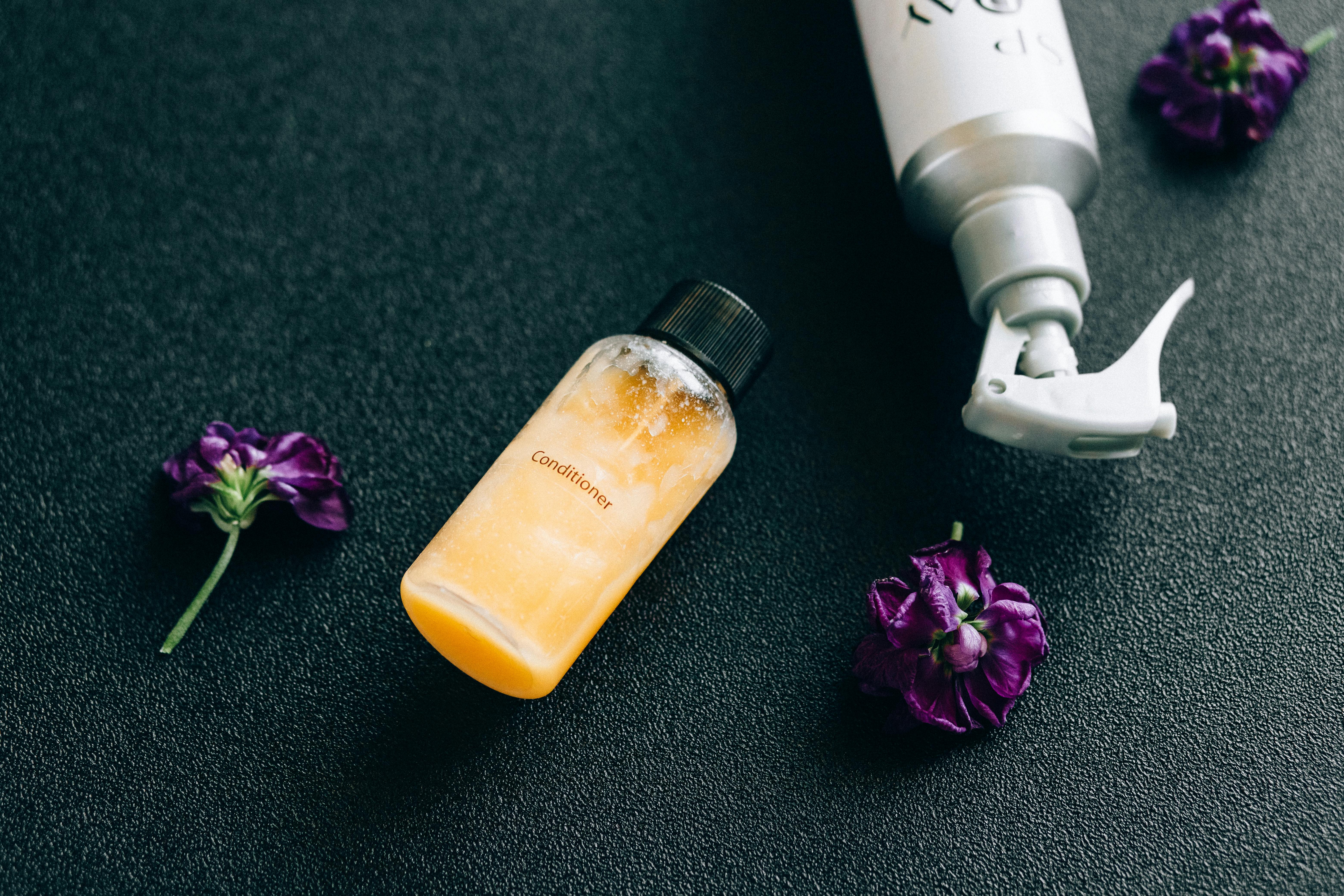
Essential Guide to How to Tie Dye: Achieve Colorful Designs in 2025
Tie dyeing is not just a fun craft; it’s a vibrant expression of creativity that has gained immense popularity. In 2025, the resurgence of this colorful art form allows individuals to transform ordinary clothing into stunning pieces of wearable art. Whether you’re looking to create unique shirts, shorts, or home decor items, understanding tie dye techniques is essential. This guide will provide you with everything you need to know about how to tie dye, including essential supplies, innovative patterns, and expert tips.
As you dive into the world of DIY tie dye, you’ll discover the joy of manipulating colors and fabrics, which can also be a great activity for kids and adults alike. The benefits of tie dye extend beyond just having fun; it promotes sustainability, encourages creativity, and can even provide a sense of fulfillment as you wear or gift your creations. Throughout this article, we will cover various tie dye methods, the best supplies to use, safety tips, and how to wash and care for your vibrant creations.
From basic spirals to elaborate rainbow designs, this comprehensive guide will lead you through the process, giving you the confidence to explore your artistic side. Let’s embark on this colorful journey!
Choosing the Right Tie Dye Supplies for Your Projects
Before you dive into tie dyeing, selecting the right supplies is crucial for achieving vibrant and lasting results. Understanding what you need ensures a smoother creative process and optimal color results. Essential supplies typically include fabric dye, gloves, squeeze bottles, and a variety of fabrics. While some opt for ready-made tie dye kits, creating your own custom setup can enhance the experience.
Fabric Selection: What Materials Work Best?
Choosing the right fabric is a key part of the tie dye process. Cotton is the most popular choice, providing excellent dye absorption and vibrancy. Other natural fibers such as linen and rayon also work well. Experimenting with synthetic materials like polyester can yield different effects, but may require specialized dyes. Always check the dye compatibility with the fabric to ensure successful results.
Essential Tools for Tie Dyeing Success
In addition to fabrics and dyes, having the right tools will greatly aid your tie dye adventure. Essential tools include rubber bands, squeeze bottles for precise application, and protective gear like gloves and aprons. For more elaborate designs, stencils or resist materials can help create unique patterns. Always keep a spray bottle filled with water handy to moisten fabric before dyeing, ensuring the colors blend well.
Recommended Safety Tips for Tie Dyeing
Working with dyes can involve safety precautions, especially for children. Always work in a well-ventilated area or outdoors to prevent inhalation of fumes. Wearing gloves is essential to avoid skin staining and irritation. Additionally, cover your workspace with plastic or old newspapers to protect surfaces from dye spills. This planning helps keep your tie dye experience enjoyable and stress-free.
Once you have gathered your supplies and ensured safety, you’re ready to explore various tie dye techniques!
Understanding Different Tie Dye Techniques
Diving into the myriad of tie dye techniques can be overwhelming but exciting! Understanding the various methods will allow you to create unique designs tailored to your preferences. From the classic spiral to multi-color mixes, each technique has its charm.
The Art of Spiral Tie Dye
Spiral tie dye is one of the most recognizable and beloved methods. To create a spiral design, start by pinching the center of the fabric and twisting it tightly while securing it with rubber bands to hold the shape. Once your spiral is established, apply different colors in sections. This technique offers a vibrant, multi-colored effect that is visually captivating.
Creating Unique Crumple Tie Dye Patterns
Crumple tie dye is a simple yet effective method for creating abstract patterns. Begin by randomly bunching fabric and securing it with rubber bands. Applying dye in a targeted or random fashion can lead to unique and organic designs. This method is perfect for beginners, as it allows for experimentation without the pressure of achieving perfection.
Exploring Rainbow Tie Dye Designs
The rainbow tie dye pattern is a favorite among enthusiasts for its eye-catching results. Create this design by sectioning the fabric into equal parts, using a spiral or stripe method. Layer colors in a certain order to achieve that classic rainbow effect. This technique showcases your ability to blend colors creatively, making it great for DIY projects for all ages.
With a grasp on these techniques, you can begin exploring specific projects and designs suited to your unique style.
Exciting Tie Dye Project Ideas for All Levels
Once you’re familiar with the essential techniques, it’s time to get inspired by specific projects that highlight your skills. Whether crafting clothing or decorative items, the possibilities are endless. Tie dye projects are not only fun but can also make thoughtful gifts.
Creating Tie Dye Shirts and Hoodies
Tie dye shirts and hoodies remain classic staples that everyone loves. Use techniques like spiral or crumple to add a personal touch to your wardrobe. Consider coordinating colors for family events or gifts, allowing everyone to show their personality through their clothing. Transitioning into seasonal styles with tie dye can keep your wardrobe fresh and stylish.
Fun Tie Dye Projects for Kids
Tie dye is an excellent activity for children due to its hands-on nature. Engage kids in creating bandanas, tote bags, or even bed sheets. These simple projects can teach them about color mixing and creativity while embedding meaningful memories. Always supervise younger children and ensure they use appropriate safety gear.
Eco-Friendly Tie Dye Practices
Incorporating eco-friendly practices into your tie dye projects is not only sustainable but also rewarding. Opt for natural dyes derived from plants, vegetables, or fruits. These dyes offer unique color shades and are safe for the environment. By educating yourself on sustainable tie dye practices, you contribute to a healthier planet while enjoying your craft.
After completing your exciting tie dye projects, it is important to know how to care for and maintain your creations.
Washing and Caring for Your Tie Dye Items
Proper care for your newly created tie dye items ensures their longevity and vibrancy. Learning how to wash and dry your items is critical to preserving your artistic expressions.
Proper Washing Techniques for Tie Dye
Washing tie dye items requires gentle care to avoid fading and bleeding of colors. It’s advisable to wash tie dye clothes separately the first few times to prevent potential color transfer. Use cold water and mild detergent to keep the colors intact. Always check the garment care label for specific washing instructions.
The Drying Process for Best Results
Drying your tie dye creations can affect the outcome significantly. Air drying is recommended for all dyed items to maintain vibrancy. Avoid direct sunlight for prolonged periods as it can fade colors. Instead, hang your items in a shaded area to dry naturally, preserving your hard work.
Storage Tips for Your Tie Dye Supplies
Storing your tie dye supplies properly keeps them organized and ready for future use. Consider designating a specific area or container for all your supplies, ensuring they are labeled and safe from moisture. Regularly check your dyes and materials to ensure they remain in good condition and replace them when necessary.
Exploring Tie Dye Trends for 2025
The world of tie dye is ever-evolving, and understanding current trends can inspire your creative process in 2025. Many enthusiasts are exploring innovative approaches and breaking traditional boundaries.
Popular Tie Dye Styles to Watch
From vintage to contemporary designs, certain trends are gaining traction in the tie dye community. Floral patterns, pastel hues, and monochromatic shades are becoming more sought after, offering a fresh take on classic designs. Keep visiting tie dye workshops and online platforms for the latest inspirations.
Seasonal Tie Dye Projects to Explore
Incorporating seasonal themes into your tie dye projects can keep the practice exciting. For spring, consider using floral colors, while summer projects can incorporate vibrant, sunny hues. Fall-inspired tie dye projects can include earthy tones, while winter may call for icy blues and whites. Adjusting your color palette helps keep your designs relevant and engaging.
Engaging in Community Tie Dye Events
Participating in community tie dye events can expand your skills while connecting with other enthusiasts. These events provide opportunities to learn innovative techniques, collaborate on projects, and gain insights from experienced dyers. Joining a tie dye community online or in-person can elevate your creative practice while fostering connections.
Common Mistakes to Avoid in Tie Dyeing
Even experienced tie dyers can make mistakes, but being aware of common pitfalls can ensure success. Understanding these missteps helps refine your technique and improves your outcomes.
Beginner Mistakes and How to Fix Them
One of the most common mistakes for beginners is failing to prepare the fabric properly. Prewashing and thoroughly dampening the fabric can enhance dye absorption. Another mistake is using too much dye, which can lead to muddy colors or undesirable results. Always start with less and build up gradually for optimal color intensity.
Ensuring Color Saturation and Mixing
Getting the right color saturation is vital for beautiful designs. Not applying enough dye can lead to faded spots or patchy designs. Pay attention to your dye application methods to ensure well-distributed colors. Mixing colors improperly can also yield unintended results, so follow dyeing instructions carefully and conduct tests as necessary.
Storing Tie Dye Creations
Improperly storing tie dyed items can lead to irreversible damage or fading. Make sure to allow projects to completely dry before storage and always use breathable bags or containers. Avoid plastic bags that may trap moisture, potentially promoting mold growth on your items.
Now that you are equipped with knowledge on tie dye supplies, techniques, projects, and common pitfalls, you are ready to embark on your own vibrant journey into the world of tie dyeing!
With proper care, creativity, and practice, you can create stunning pieces that showcase your individual style. Embrace this colorful craft and let your imagination shine!
For more engaging resources and shopping options, feel free to explore our tie dye supplies and tie dye projects.

